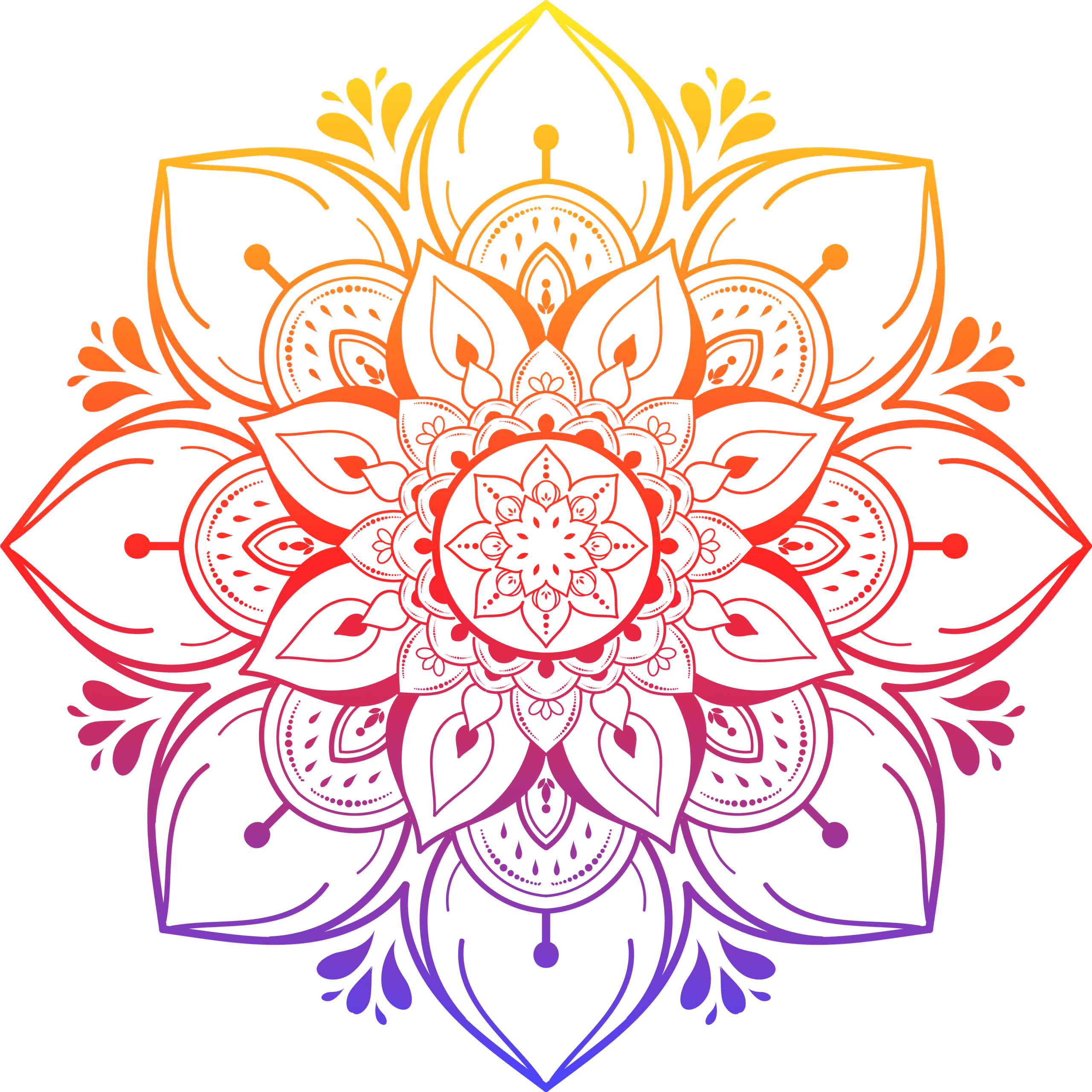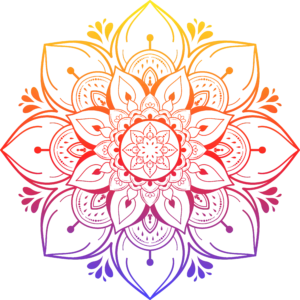Anxiety has become a buzzword in today’s fast-paced world. It’s the feeling of unease, fear, or worry that can range from mild to debilitating. But where does it come from, and why does it feel so overwhelming? To understand anxiety, we must delve into the intricate workings of the human brain—particularly the interplay between the old brain and the new brain.
The Old Brain: The Survival Mechanism
The old brain, often referred to as the “reptilian brain”, is the primitive part of our brain responsible for survival. It governs instinctive responses like fight, flight, or freeze. Millions of years ago, this mechanism was essential for our ancestors who faced immediate physical threats, like predators.
Key functions of the old brain:
• Survival instincts: It reacts instantly to perceived danger.
• Autopilot mode: Controls reflexive and automatic behaviors.
• Emotional alarm system: Activates fear to signal threats, whether real or imagined.
However, in modern times, the threats we face are less physical and more psychological. Deadlines, social expectations, and uncertainties trigger the same survival mechanisms, even though they don’t pose an immediate life threat. This mismatch creates unnecessary anxiety.
The New Brain: The Thinker and Planner
The new brain, or the “neocortex”, is the more evolved part of our brain. It enables higher cognitive functions like:
• Learning and planning: Strategizing for the future.
• Pattern recognition: Making sense of complex situations.
• Imagination: Visualizing scenarios (good or bad).
• Habit formation: Creating and automating behaviors.
While the new brain is a remarkable tool for growth, it’s also responsible for rumination (overthinking). It can imagine worst-case scenarios, fixate on potential failures, and create patterns of fear and worry. Combined with the old brain’s alarm system, this overthinking can create a vicious loop of anxiety.
The Habit Loop: Anxiety as a Pattern
Our brains thrive on patterns. Anxiety often becomes a habit loop:
1. Trigger: A stressful thought, situation, or memory activates fear.
2. Response: The old brain initiates a fight-or-flight response, releasing stress hormones like cortisol.
3. Reward: The brain feels a temporary sense of control by worrying, avoiding, or reacting—but the underlying issue remains unresolved.
This cycle repeats itself, reinforcing anxious behaviors. The dopamine system—the brain’s reward center—further complicates the situation. Dopamine, often associated with pleasure, also fuels repetitive behaviors (even negative ones), making it harder to break the cycle.
Why Anxiety Feels So Overwhelming
• Conflict between the old and new brain: The old brain says, “Survive now!” while the new brain imagines all the reasons why you might fail, leading to overactivation.
• Autopilot mode: The old brain reacts before the new brain has a chance to evaluate the situation logically.
• Habit reinforcement: Repeated patterns of fear and avoidance strengthen anxiety over time.
• Dopamine’s role: Even the relief you feel after avoiding a stressor rewards the anxiety loop, encouraging it to continue.
Solutions to Break the Anxiety Cycle
The good news is that with awareness and practice, you can rewire your brain to reduce anxiety. Here are some strategies:
1. Understand Your Triggers
• Keep a journal to identify situations, thoughts, or environments that trigger anxiety.
• Recognizing patterns helps you anticipate and manage them more effectively.
2. Reframe Your Thoughts
• Replace catastrophic thinking with logical reasoning. Ask yourself, “What’s the worst that can happen? Can I handle it?”
• Challenge irrational fears with evidence from past experiences.
3. Activate the New Brain
• Mindfulness and meditation: These practices help quiet the old brain’s alarm system and bring the new brain into focus.
• Cognitive-behavioral therapy (CBT): This approach helps reprogram thought patterns and break the habit loop.
4. Hack the Dopamine System
• Replace negative patterns with positive ones. For example, instead of avoiding a task due to fear, start with small, achievable steps and reward yourself for progress.
• Engage in activities that naturally boost dopamine, like exercise, music, or creative hobbies.
5. Regulate the Nervous System
• Practice deep breathing to calm the fight-or-flight response.
• Engage in activities that stimulate the parasympathetic nervous system, such as yoga, nature walks, or even spending time with pets.
6. Create New Habits
• Use the power of repetition to form new, anxiety-reducing routines. For instance:
• Schedule regular “worry time” to limit overthinking.
• Practice gratitude daily to shift focus from fears to positive aspects of life.
The Power of Awareness and Choice
Anxiety is not a life sentence. By understanding the tug-of-war between the old brain and the new brain, you can begin to break free from the habit loops that fuel it. Remember, the brain is neuroplastic—it can change and adapt with consistent effort.
The key is to shift from reacting to anxiety to responding thoughtfully. This transformation takes time, but every small step rewires your brain toward resilience and peace. Anxiety might be a natural part of life, but it doesn’t have to control yours. Choose growth, choose awareness, and choose calm.

